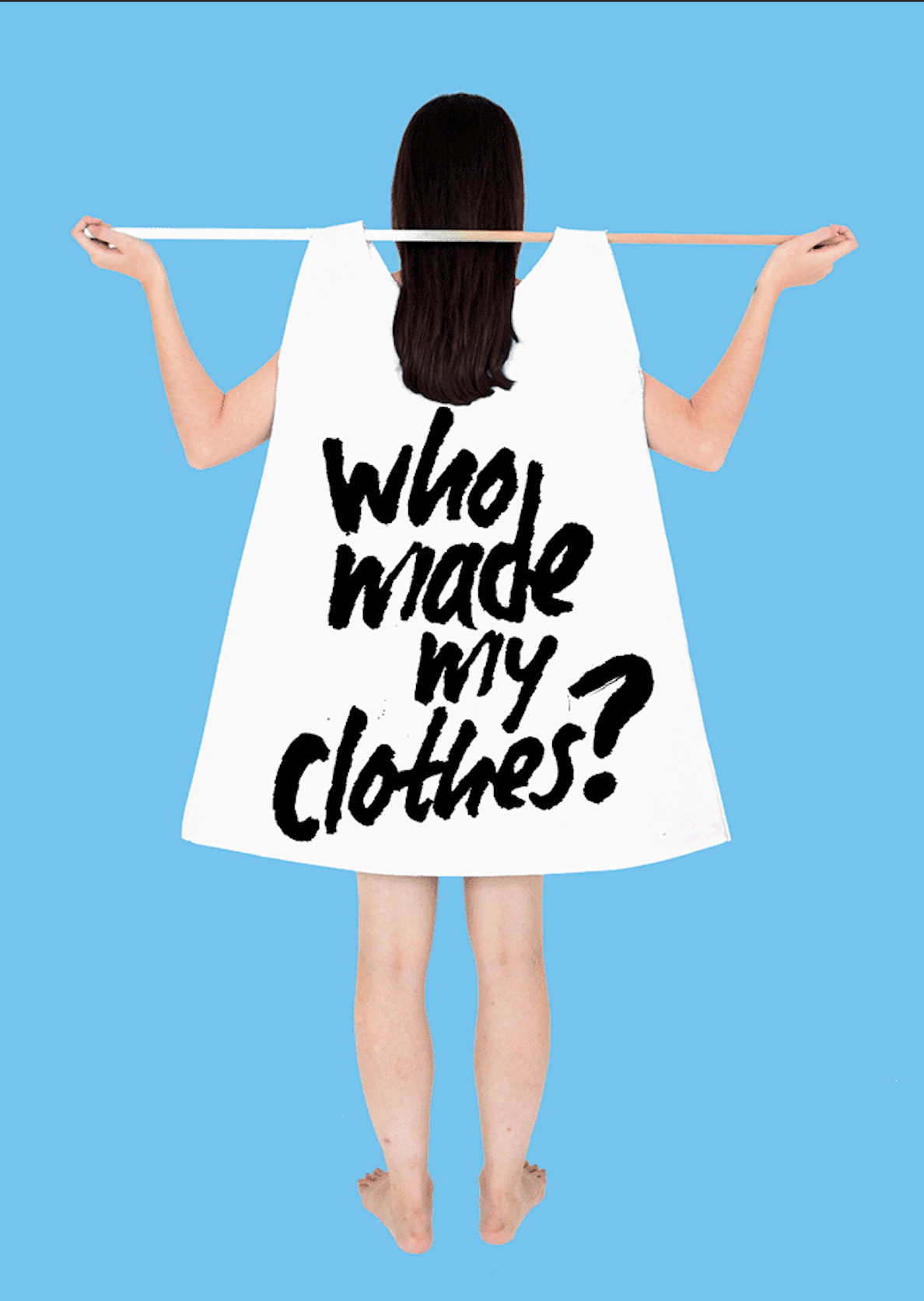Sustainability has become a major buzzword for fashion brands that are seeking to highlight their efforts to reduce their sizable carbon footprints that are raising temperatures worldwide. Many people, such as myself, have even become susceptible to the well-known (and baseless) saying that fashion is the second most wasteful industry. While not exactly true, there is clear evidence that the fashion industry is indeed responsible for a lot of the pollution generated every year. Electricity powers the production factories, cotton requires water and pesticides, polyester is made from petroleum and chemical dyes, leather comes from livestock, and transportation involves countless planes and trucks.
However, even as thousand-year glaciers break apart and the raging natural disasters wreak havoc upon the land, the incremental changes that the fashion industry enacts do not seem to be enough. The bigger problem is that designers have deluded themselves into thinking that whatever improvements on the status quo are good enough for the rest of us. Worse still, the companies that do not have any sustainability goals whatsoever are given greater attention and visibility than those that do. Obviously, designers themselves are not personally burning down rainforests or melting the ice caps, but they do have a responsibility to safeguard the planet for future generations. Of course, the reality remains that too many clothes are produced and thrown away. The fashion industry must lead by example, because the trends it sets, whether for clothing or society, trickle down to the rest of us. It needs to start by making its manufacturing and business practices more transparent.
To address the elephant in the room, the fashion industry thrives by persuading consumers to spend money on clothes that are not necessary for their wardrobes. I understand it is a business model, but at the rate we are going, it does not make any sense to ignore the problem any longer. Not only are brands making clothes in a way that is harmful to the environment, but they are also producing too much. It is no surprise that when these overproduced clothes are sitting in warehouses and prices are slashed, consumers scoop them up and inherently see them as worthless and disposable. That is no way to treat something that has used up so many valuable resources. Therefore, both suppliers and buyers have to change the status quo of having a lot of clothes to something more sustainable.
According to the Ellen MacArthur Foundation, a garment is worn an average of seven times before being sent to the landfill. To put this into perspective, 2.1 billion tons of clothing are disposed of each year. Only 1% of clothing is recycled. It does not stop at just the landfills. Clothing there decomposes into microfibers, which then threaten marine life. Even before disposal, the actual process of producing clothing is so globalized that something is rarely produced and sold in one place. Instead, massive amounts of emissions escape into the atmosphere as a result of transportation and energy costs.
In part, I blame social media for the accelerated lifetime of a piece of clothing because no one wants to be seen in the same T-shirt or hoodie over and over again, right? We need to switch it up so that people engage with our new content. Instagram, Tumblr, and Pinterest peeps will have no problem understanding that. Instant gratification and consumerism revolve around the capitalistic society we live in. However, there’s no reason we have to buy a new piece of clothing every time for a new picture. Let’s be honest, buying new clothes is a luxury most people around the world cannot afford. As long as we are conscious of our privilege and responsibility, we can begin to make a genuine effort to drastically reduce our consumption. We are past the point of paying lip service to the environment and generating PR-friendly campaigns that have no real impact.
An easy solution is buying clothes second-hand. Now, you might cringe at the thought of wearing someone else’s used clothing, but hear me out. There’s plenty of clothes out there that still fit your style and physique. It’s only a matter of finding them. Companies such as The RealReal, ThredUp, Poshmark, and Grailed offer a wide variety of pre-owned clothing at relatively low prices. Fast fashion companies such as H&M, Zara, and Uniqlo have great clothing at cheap prices, but at what cost? Mountains of clothes grown with gallons of water and pesticides will not help us defeat the growing threat of climate change. Yes, Asia and Africa are emerging new markets for companies and targets for more growth and revenue. Yes, polyester generates microfibers and even organic cotton requires a lot of space and water. Nonetheless, these are all challenges that we are equipped to overcome.
By bringing sustainability into the public conversation, we can gradually shift the way people think about clothing. Less is always more, quality over quantity. We should all follow the example of Marie Kondo and lead a minimalistic lifestyle. To be realistic, our clothing is a small part of the industrial emissions that clog the atmosphere. However, we can start somewhere small. Companies such as Patagonia, Acne Studios, 1017 ALYX 9SM, Marine Serre, Eileen Fisher, Stella McCartney, and GmbH are leading a visible change for the $2.6 billion fashion industry. It’s a good start but nowhere near the progress we need to preserve the planet for the future. In the end, both companies and consumers have to be proactive in changing their supply chains and changing our shopping habits. It’s our generation that can make a difference, so please think about it before you purchase a nice pair of shoes or item of clothing.

Be First to Comment